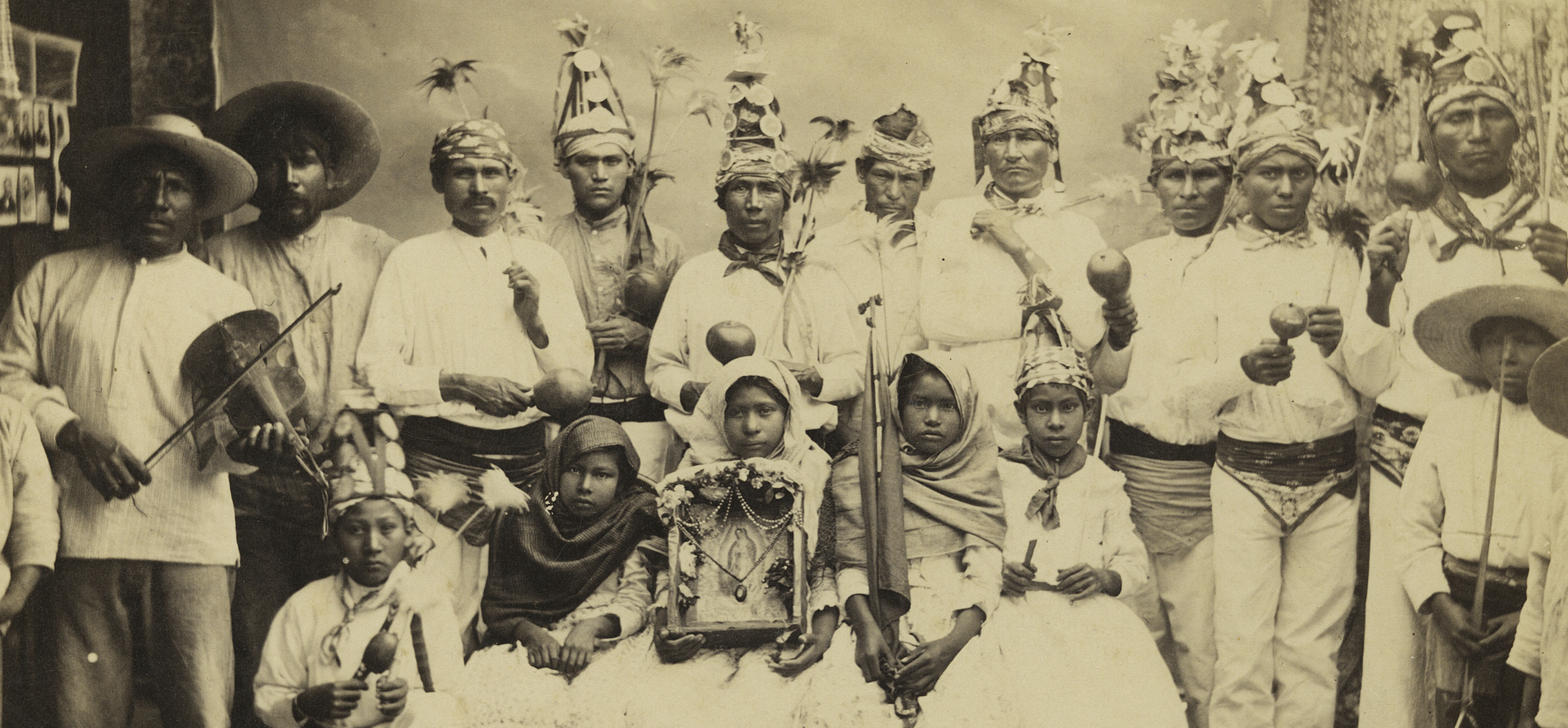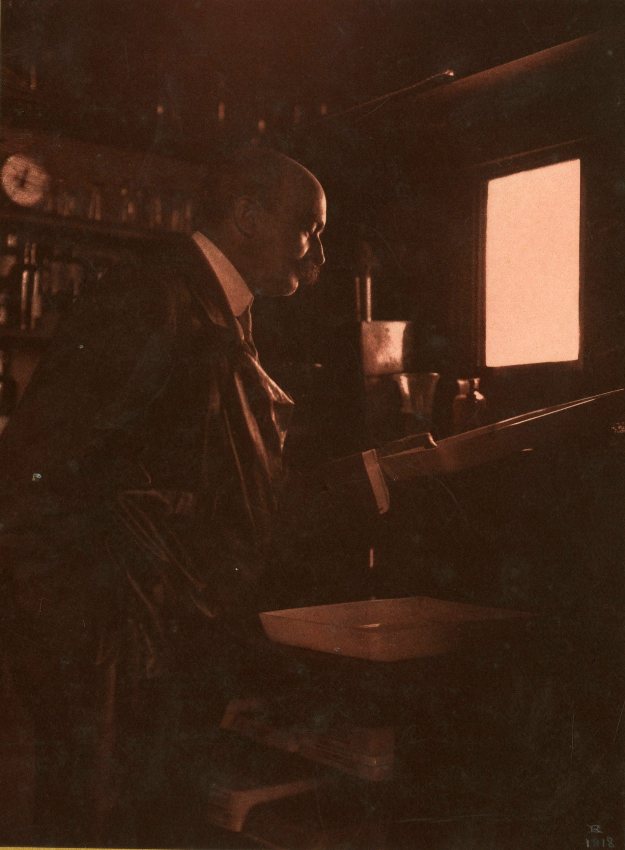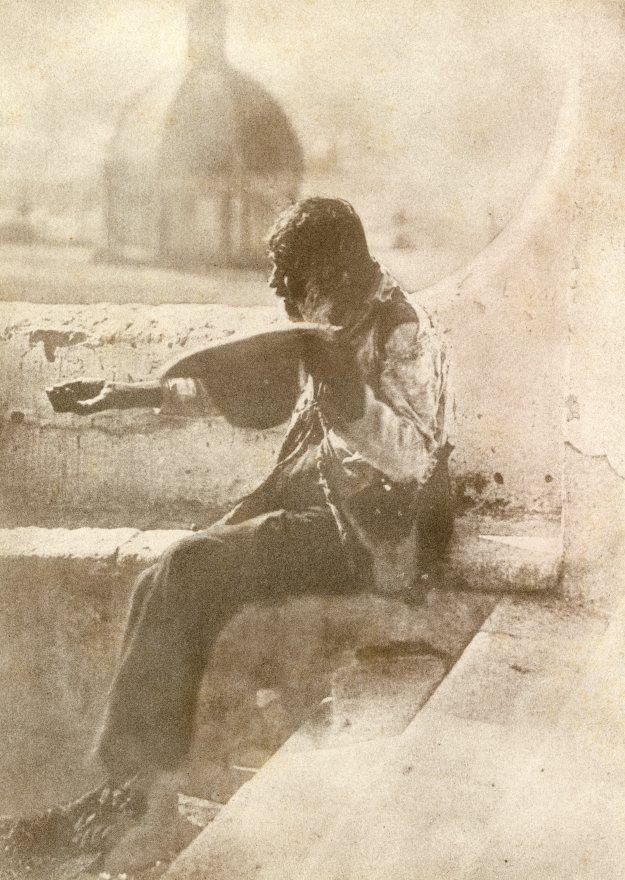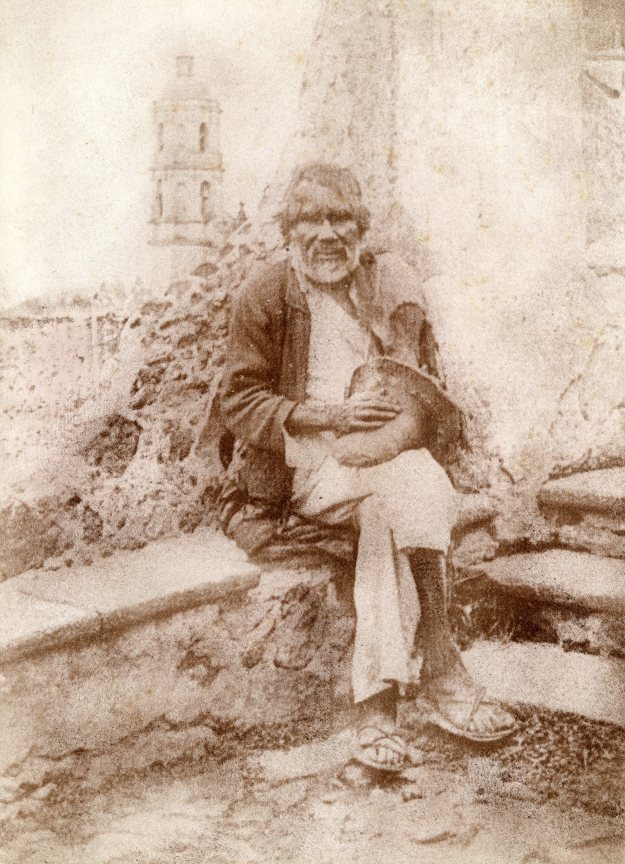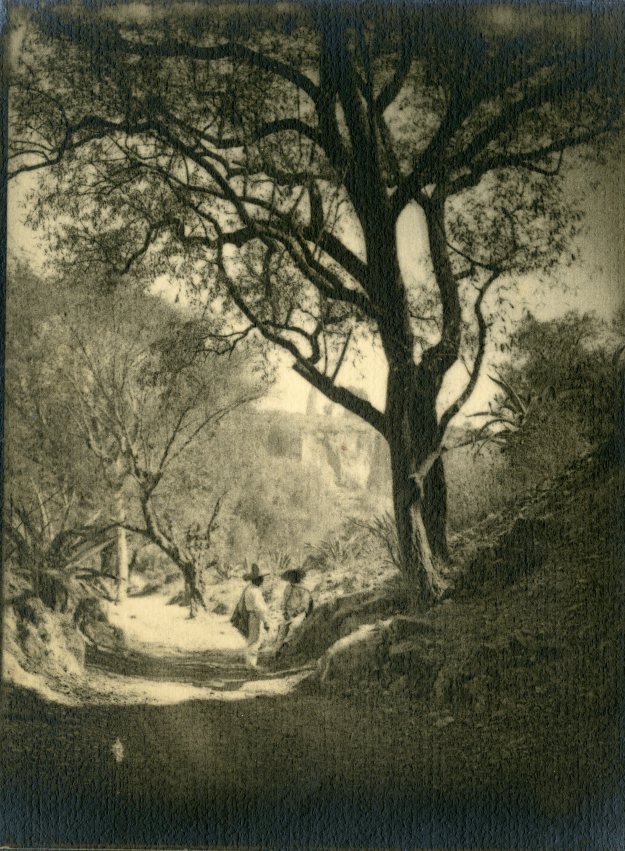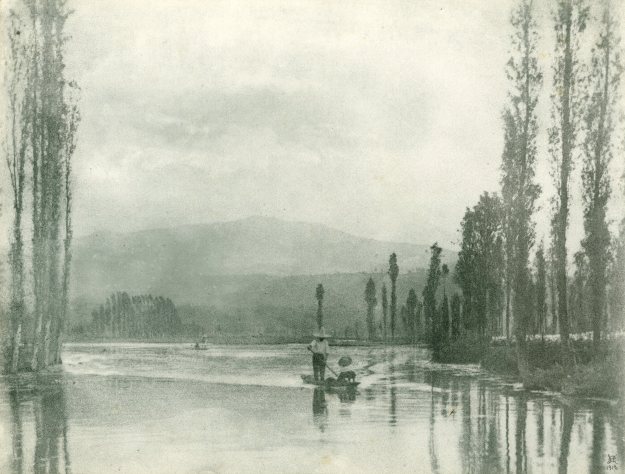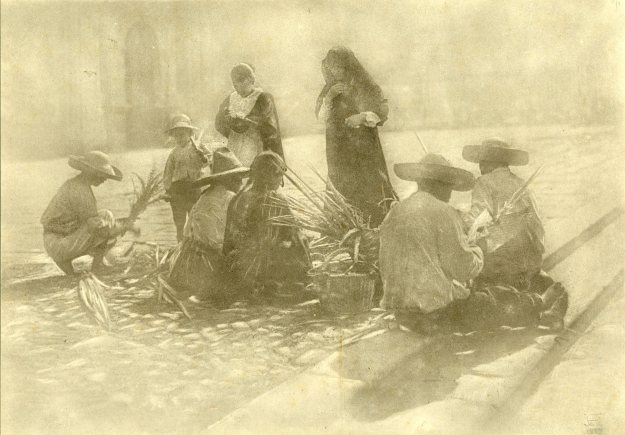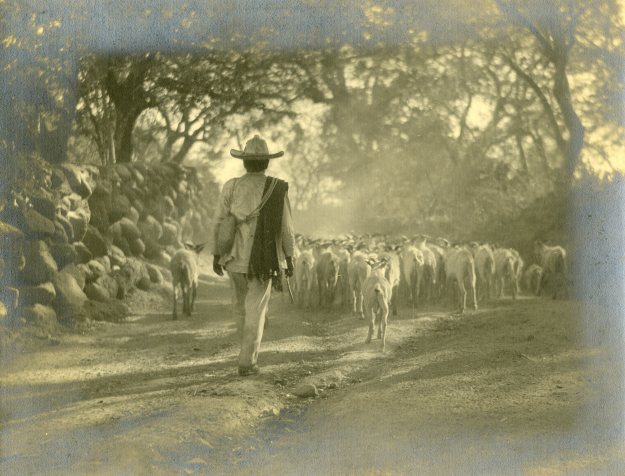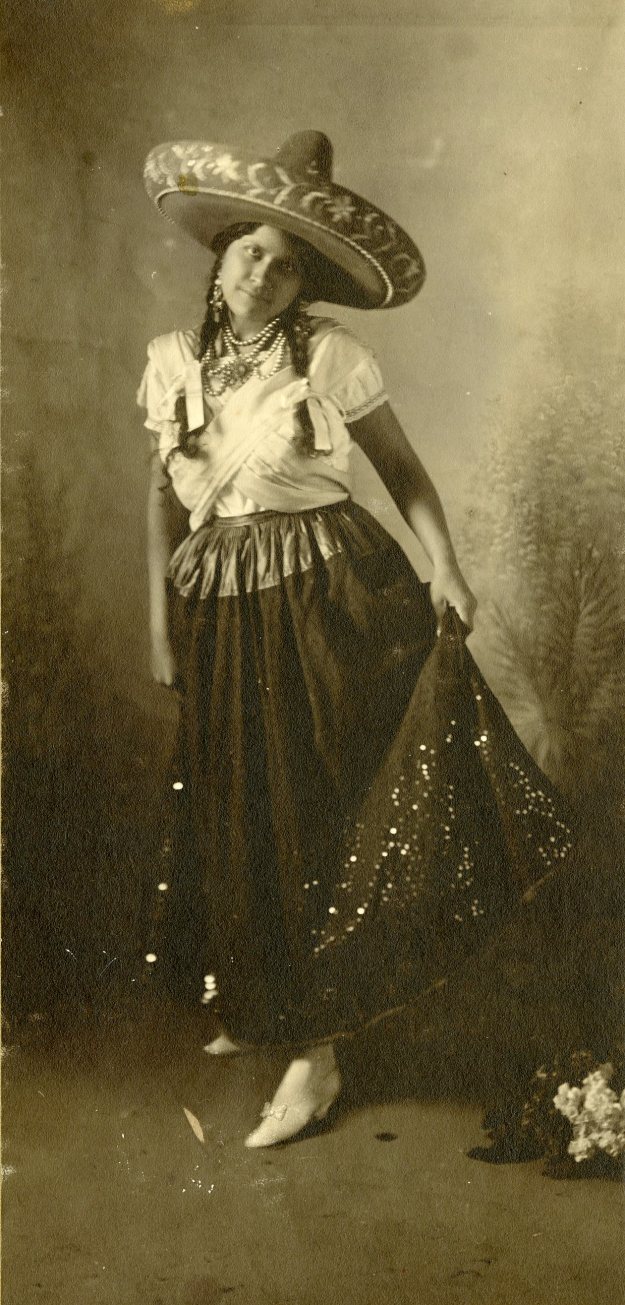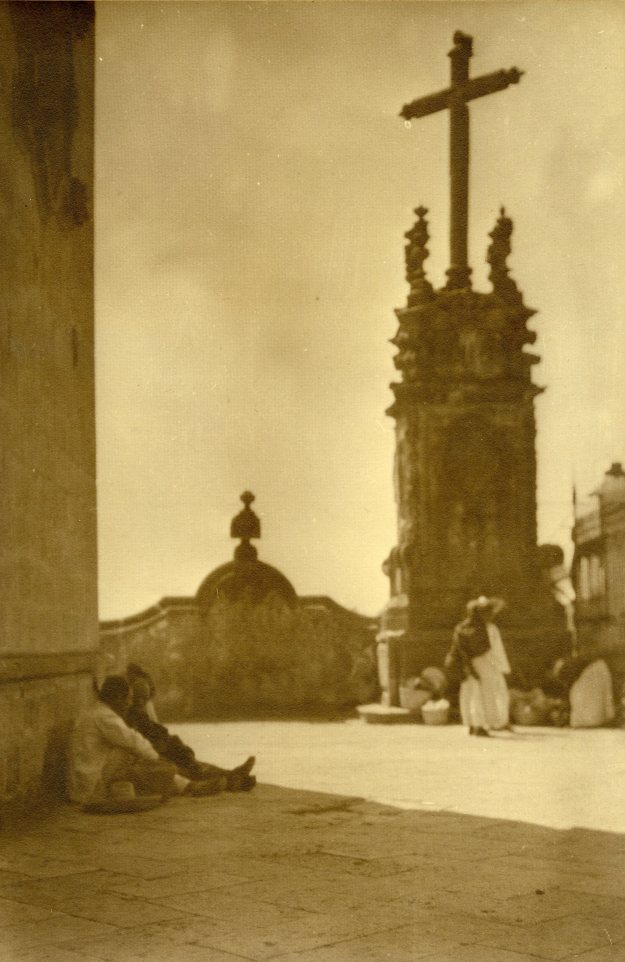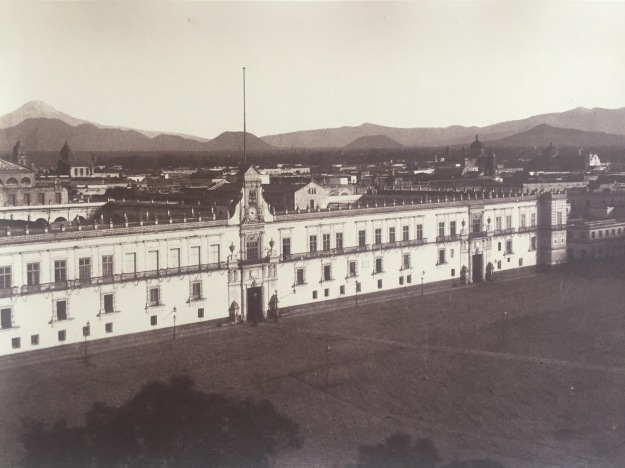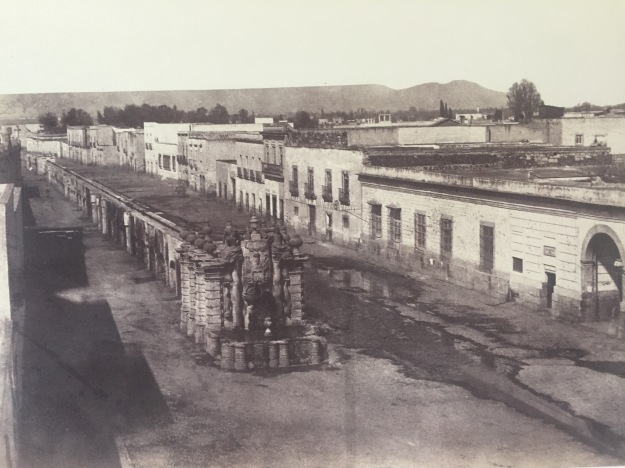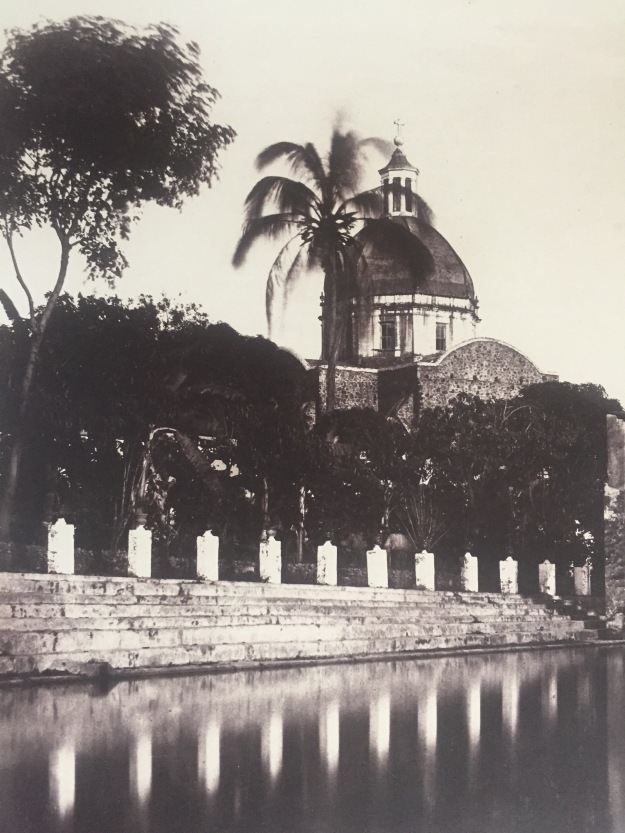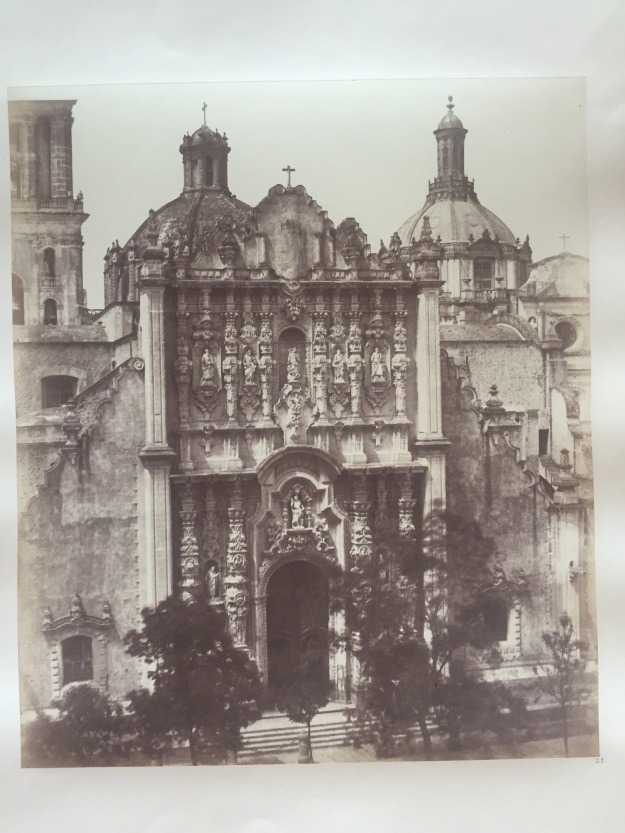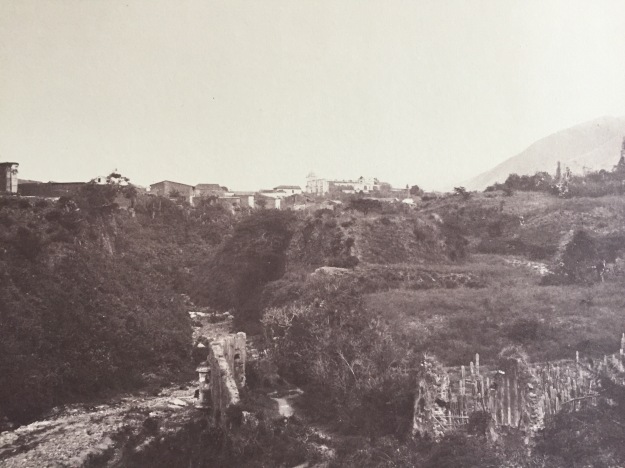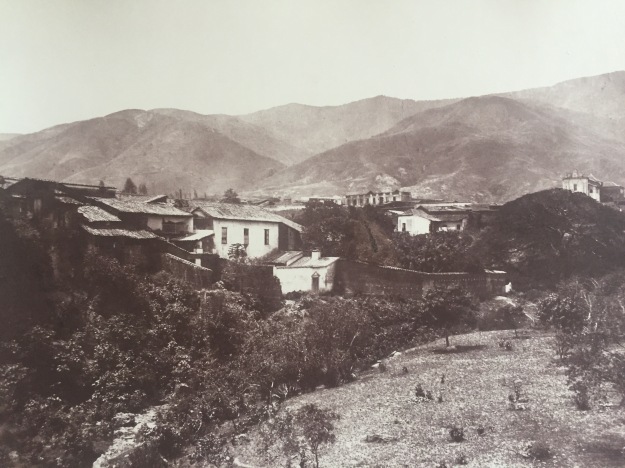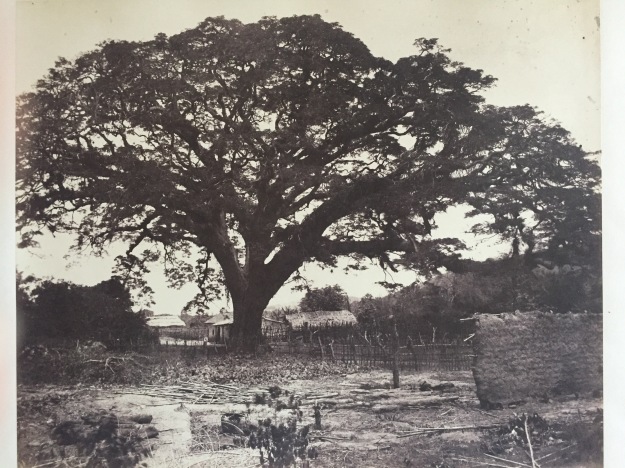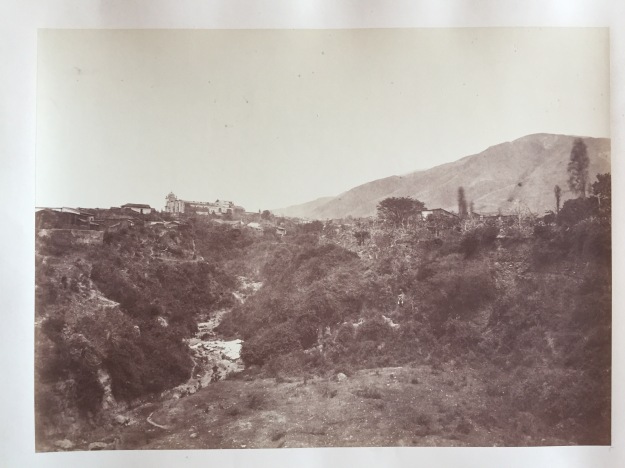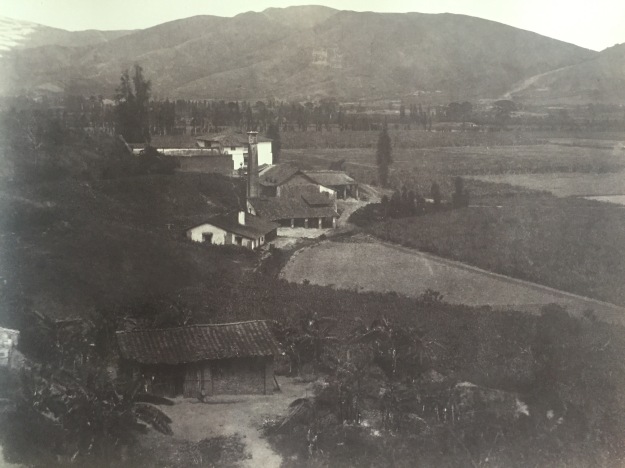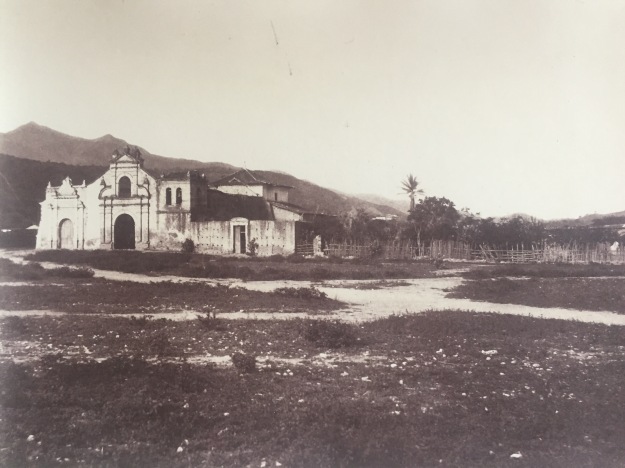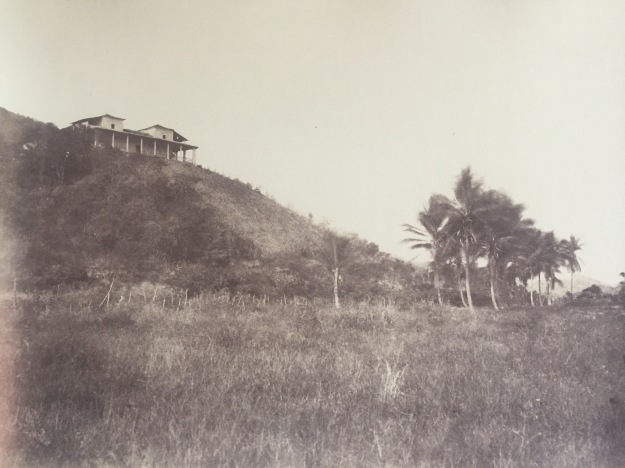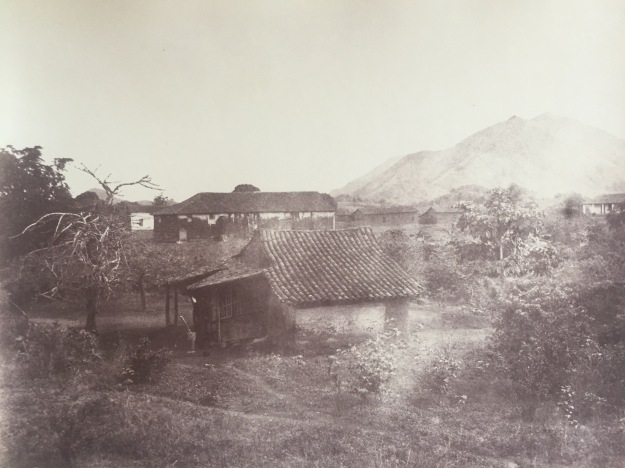Désiré Charnay arrived in Veracruz in November 1857, and from then in Mexico City probably in December. By January 28th 1858 he already advertised his Photographic gallery (with partners Camus and Pinet) at Calle de Coliseo Viejo 26. And by early May 1858, Julio Michaud announces the publication of Charnay’s Album Fotografico Mexicano, a collection of 25 salt paper prints of the City of Mexico and its vicinity.
Pal Rosti arrived in Veracruz on July 28, 1857 and travelled to and around Mexico City until probably February or March 1858, as he sailed back to Europe on April 7th 1858, from Veracruz.
So between December 1857 and March 1858, Désiré Charnay and Pal Rosti, by far the greatest early photographers of Latin America, are both photographing in the same city. It is tempting to think that they got to know each other – although neither mention a meeting in their extensive mémoires.
Charnay’s Album Fotografico Mexicano and Rosti’s Views of Mexico are some of the earliest photographic views of Mexico on paper, and certainly the most beautiful.
When I visited the Ludwig Museum of Cologne to see the Rosti album (cf previous post) I couldn’t help noticing that Rosti’s view of the Sun Stone is signed, in the negative, with the initials B.L. And that it is remarquably similar to the Sun Stone in Charnay’s Cité et ruines américaines, published by Gide in Paris in 1862. So I asked to see Charnay’s glass negative at the Musée du Quai Branly. And, of course, bingo… In Charnay’s negative, very clearly visible under some ink retouching : the initials B.L.
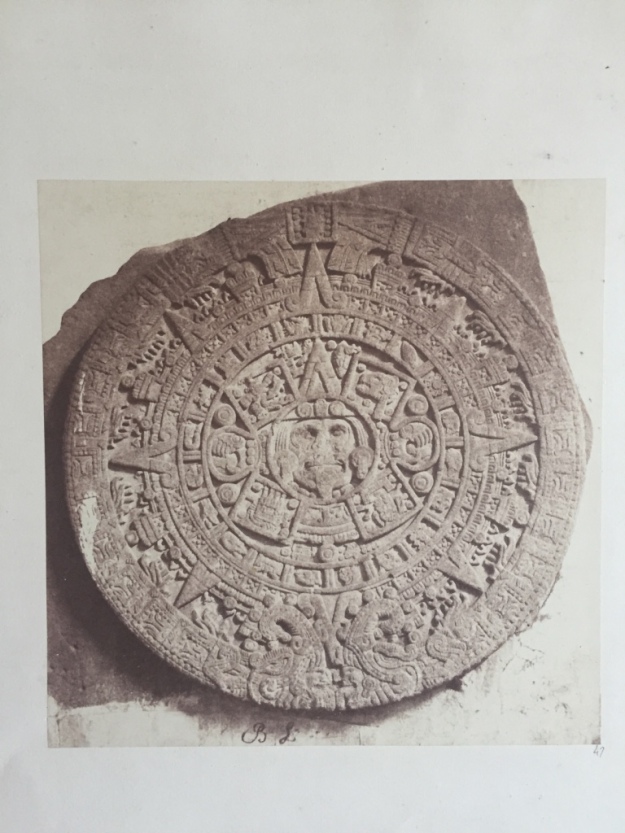
Pal Rosti, The Sun stone, 1858, from the collection of the Ludwig Museum, Cologne
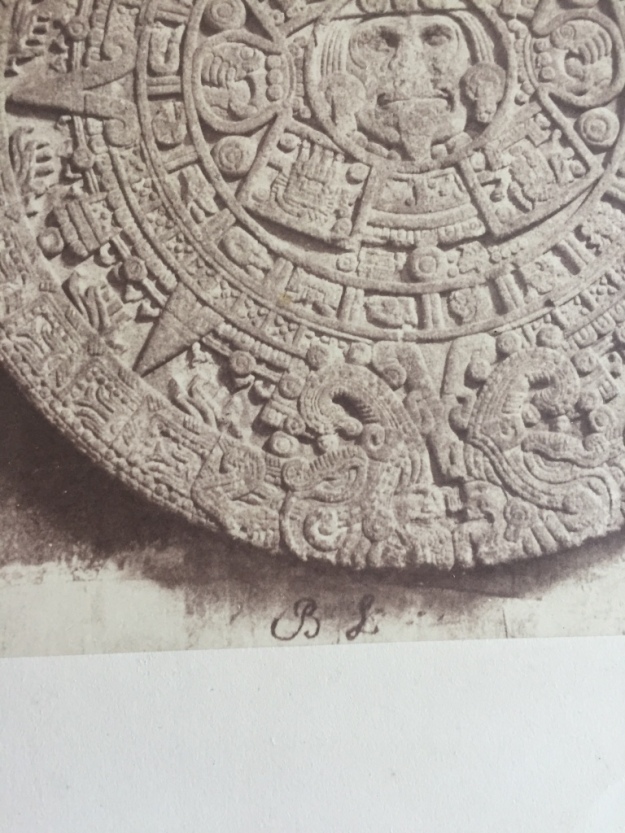
Pal Rosti, The Sun stone, 1858, from the collection of the Ludwig Museum, Cologne
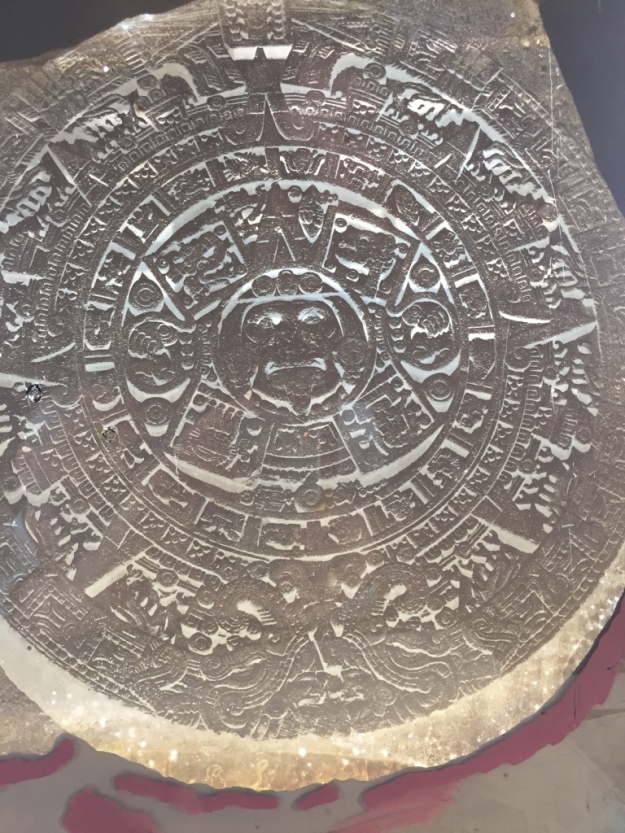
Negative of Charnay’s Sun Stone, from the Collection of the Quai Branly

Negative of Charnay’s Sun Stone, from the Collection of the Quai Branly, detail of the B.L. initials
So : both Charnay and Rosti made a copy print from an original by a photographer whose initials are B.L.
Obviously : who is this B.L ?
And, why could neither Charnay nor Rosti photograph the Sun Stone themselves ?
To the second question, the answer is probably easy : at the time, the Sun Stone was mounted in the South East wall of the Cathedral of Mexico. It was therefore behind the cathedral fence, and not accessible without permission from the cathedral administration. It is possible then that B.L. had an access, or even a monopoly, on photographing the Sun Stone. Alternatively, it could be that in 1858 the Cathedral went thru some kind of renovation, that the Sun Stone was covered with scaffolding preventing both Charnay and Rosti to photograph it.
So let’s go back the most interesting question : who is B.L. ? And here lies the rub : nobody has any idea.
Could it be Lorenzo Becerril ? It would be highly unusual for a artist of that time to switch his initials in the signature. On top of that, the earliest photographs from Becerril are dated early 1860’s.
Latapi ? Perfect suspect : French, active in Mexico City since 1855. But his first name is Eugène.
The Palmquist and Kailbourn very complete dictionary doesn’t list any B.L active in Mexico in the 1850’s – nor does any history of Mexican photography I am aware of.
Looking forward to hear about any ideas, or leads, from you.
Pal Rosti llega en Veracruz en julio 28 de1857 y viaja a cuidad México hasta Febrero o Marzo de 1858, vuelve a Europa en abril 7th 1858, dede Veracruz
Así que vamos a volver a la pregunta más interesante: quién es B.L. ? Y aquí se encuentra el acertijo: nadie tiene ninguna idea.
Podría lo ser Lorenzo Becerril? Seria muy excepcional para un artista de este tiempo intercambiar su iniciales en el firma. Y aun mas, las mas tempranas fotografías de Becerril están fechadas en inicios de 1860.
Latapi? Perfecto sospechoso: francés, activo en ciudad de México desde 1855. pero su nombre es Eugenio. El completisimo diccionario Palmquist y Kailbourn compuestísimo no lista ningun B.L activo en México en 1850 – ni ninguna historia de fotorafia mexicana fotografía que yo conozca. Mirar adelante a oír acerca de cualquier idea, o pista, de usted.
